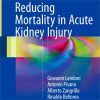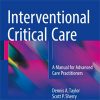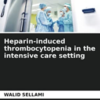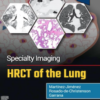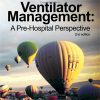Critical Hypertension in Trauma Patients Following Prehospital Emergency Anesthesia
sjtrem.biomedcentral.comDelivery of prehospital emergency anesthesia (PHEA) to seriously injured trauma patients risks hemodynamic fluctuation. In adult trauma patients undergoing PHEA, 11.9% of patients experienced post-PHEA critical hypertension.
Increasing age, pre-PHEA GCS motor score four and five, patients with a pre-PHEA SBP > 140mmHg, and more than intubation attempt were independently associated with post-PHEA critical hypertension.
30,744 patients were attended by HEMS during the study period; 2161 received PHEA and 1355 patients were included in the final analysis. 161 (11.9%) patients had one or more new episode(s) of critical hypertension ≤ 10 min post-PHEA.
Increasing age (compared with 16–34 years): 35–54 years (OR 1.76, 95%CI 1.03–3.06); 55–74 years (OR 2.00, 95%CI 1.19–3.44); ≥75 years (OR 2.38, 95%CI 1.31–4.35), pre-PHEA Glasgow Coma Scale (GCS) motor score four (OR 2.17, 95%CI 1.19–4.01) and five (OR 2.82, 95%CI 1.60–7.09), patients with a pre-PHEA SBP > 140mmHg (OR 6.72, 95%CI 4.38–10.54), and more than one intubation attempt (OR 1.75, 95%CI 1.01–2.96) were associated with post-PHEA critical hypertension.


